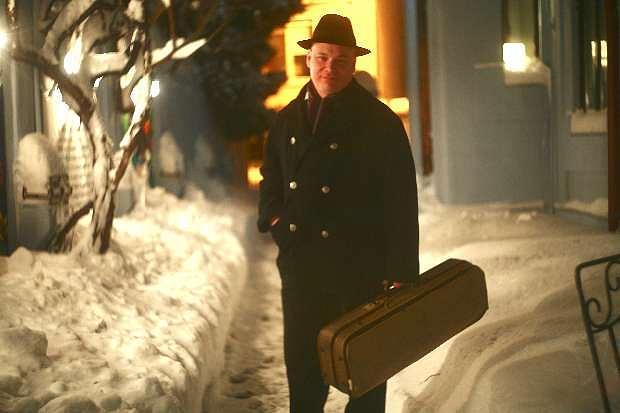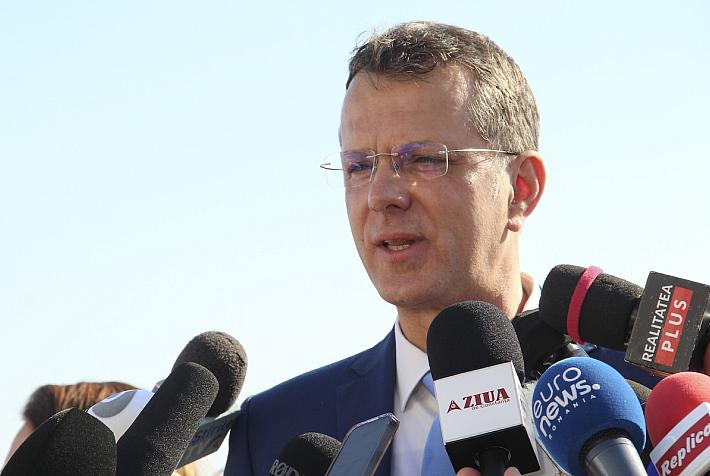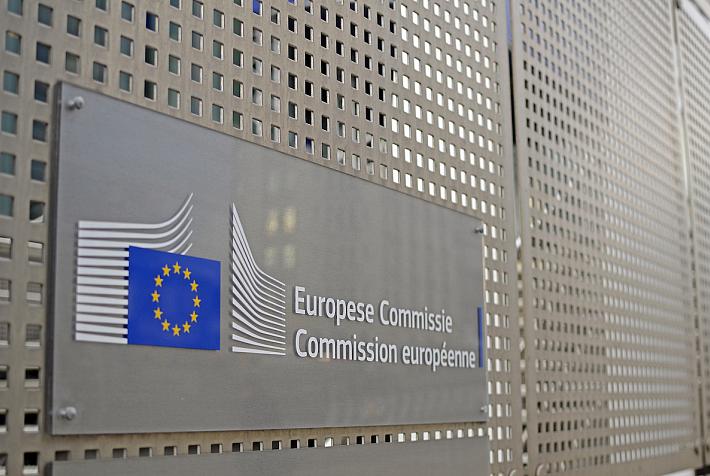The double life of Alexandru Balanescu

Alexandru Balanescu, founder of the Balanescu Quartet, weighed the classical and the experimental music on a balance. For a while, it seemed like the second one won.
In the late ‘70s, in a storefront theater next to Chelsea Hotel, on West 23rd Street, New York, a group of Hungarian refugees called Squat Theatre were staging experimental plays. The theater had a round, crystal window facing the street. Once the drape would be opened during the shows, it would reveal the street and the passengers walking by, who would become integral part of the play. In one of their shows, Mr.Dead and Mrs. Free, Alexandru Balanescu, a 20-something Romanian-born musician, enrolled at the Juilliard School, was playing James Brown’s Sex Machine on his violin. Alexandru, trained to be a classical musician, was going through an essential change.
New York City itself was changing. Manufacturing there had been going down for many years and traditional garment factories around Lower Broadway had disappeared from the old lofts. These became residencies for artists and the area got a new name. “Soho.”
“I had this double life there: midtown and downtown.” Midtown was Juilliard school and a future in classical music, while downtown meant minimalism, experiment and no certain plans. “Back then, people who had plans were idiots,” Laurie Anderson, one of the musicians he was hanging out with, said in an interview.
“I became aware that even if Juilliard was one the most famous places for strings, it was a sort of factory producing musicians that played the same repertoire, in the same way. And that wasn’t satisfying for me. Apart from that, I discovered a totally different music world there, the downtown music scene and interesting musicians, such as John Cage.”
Furthermore, he wanted to write music. “I was thriving to become a round musician, not only a performer, but also a composer. And now, also an actor,” says Alexandru, while drinking an Earl Grey tea in a cafe in Bucharest. He still has a few hours before going on stage to perform in a local theater play, many decades after the Squat Theater experience. “All arts are connected.”
It’s winter, snow suffocates all the streets of Bucharest, but Alexandru Balanescu has made its way carrying his violin to the cafe where we meet for the interview. He now comes to Bucharest almost every month, for his performance in the “The Diary of a Madman”, a play written by Gogol, where he acts together with the Romanian actor Marius Manole and where he also plays the violin.
Alexandru left Romania in 1969 when he was 14, when his family moved to Israel. He first came back 23 years later. “The return was a very important moment. I was invited together with my quartet for a contemporary music festival. I only stayed for five days, but this visit changed my life. I reconnected to Romania, to friends, to family, to the Romanian culture.”
Two albums resulted out of his late encounter with the land of his childhood: Luminita and the project Maria T. The latter featured the music and voice of the great Romanian singer, Maria Tanase, whose music he used to listen to on his mother’s records when he was a kid.
“The traditional music is a great source of inspiration for me. The most important composers for me are those who studied the traditional music of the land where they come from, understood this language and subsequently created their own language. Stravinky, Enescu, Bartók, Janáček, they are my heroes.”
“There are many things that attract me to the traditional music. It is a very communicative music, an essential music. First of all it’s the strong connection to the everyday life. Secondly, music has a direct connection to movement, to dance, but even more profoundly, to something physical, to the heart beats, to breathing. There is also the connection to other arts, to visual elements, rhythms of colors. Everything is music in a way. And then there is the connection to poetry and philosophy.”
Alexandru Balanescu founded the Balanescu Quartet in 1987 and their first album, Possessed, was an reinterpretation of songs of the electronic music band Kraftwerk. Other than that the quartet collaborated with artists such as David Byrne, Pet Shop Boys, Kate Bush, Philip Glass. “I was attracted by the power of certain music, such as rock or pop, the directness, the honesty.”
Conceptually Balanescu insists on this idea of directness and the lack of a barrier between the composer and the public. “This split between the performer and composer and also between the composer and public took place in the XIX century, so it’s pretty recent. Previously the musicians used to work as court musicians and write music that accompanied the most important moments in life. This is the main reason why I’m also interested in folklore, because it comes along these essential moments: birth, wedding, work, death.”
Minimalism represented a turning point in the way Alexandru Balanescu understood music. “In the process, minimal music, the public is invited to become more active, to compensate for the fact that the material is so scarce. This is why I was so attracted to the non-classical music.”
“But now, as I grow older, I go back to the classical music. It attracts me, the fact that it’s so rich. When I was a kid, I used to hear a lot that you need to hit a certain age to play Bach or Beethoven and I was laughing, “what a bunch of boring old lads!” But they were right. You need a certain experience. Only now I start to understand Bach, Beethoven, Mozart.”
“Beethoven is the greatest for me. Of course there are many great artists and there is no competition, but for me Beethoven is colossal. Every time I listen to him I discover something new, experimental, challenging. What I admire about him is that he wasn’t as talented as Mozart, he struggled a lot and you can feel that in his music. For Mozart it was too easy.”
“Recently I played one of Mozart’s concerts and I’m starting to understand him as well. Mozart has a great improvisation capacity, he comes up with something new, inexplicable. And it works, I don’t know why, but it just works. In an analogy to movie, Mozart has a cut, a sudden cut, and you may say it’s naive, but it works fantastic.”
A day before coming to Bucharest, Balanescu performed with his Quartet at the London Science Museum re-workings of Kraftwerk’s ‘Man Machine’. “London is different from New York. In Great Britain there aren’t communities of artists and each artist works more or less isolated. The geography and the size of the city is very distinct. That’s why people don’t get out that much and it’s difficult to bring them to concerts. In England what matters is your home. They say that your home is your castle.”
At the beginning of the 80s, after five years of New York, Balanescu moved to London, as he had his family there. He misses how easily you stumble upon people in New York. “The Manhattan island isn’t very big, it’s more like a metropolitan village. I will never forget how a few years ago I had a concert there and on a Sunday morning, spring or summer, I took a coffee somewhere outside and in about an hour five or six friends, among them Philip Haas, Harvey Keitel, John Lurie, gathered there, as they were passing by. And when I was a student, I always used to run into Philip Glass on the subway.”
Arriving at the Bucharest theater where the “Diary of a Madman” play is staged, Balanescu shakes hands and shares a few words with the doorman and the other people he meets, then he drinks another black tea with the crew during the rehearsal. He seems a bit tired and he says he didn’t have the best day, but he still is friendly and warm.
But as soon as he gets on stage and people takes their seats, he totally immerses in the play. And this master of violin and composition doesn’t shy away from interpreting an institution director, or a dog called Fidel, saying to a cute female dog “Good day, Meggy!”. His humor and his playful way sparkle from underneath his sober suit and the elegant hat he’s always wearing. And he kind of proves Johan Huizinga’s thesis that play is primary to and a necessary condition of the generation of culture.
By Diana Mesesan, features writer, diana@romania-insider.com
(photos by Diana Mesesan)












